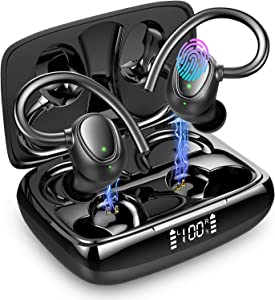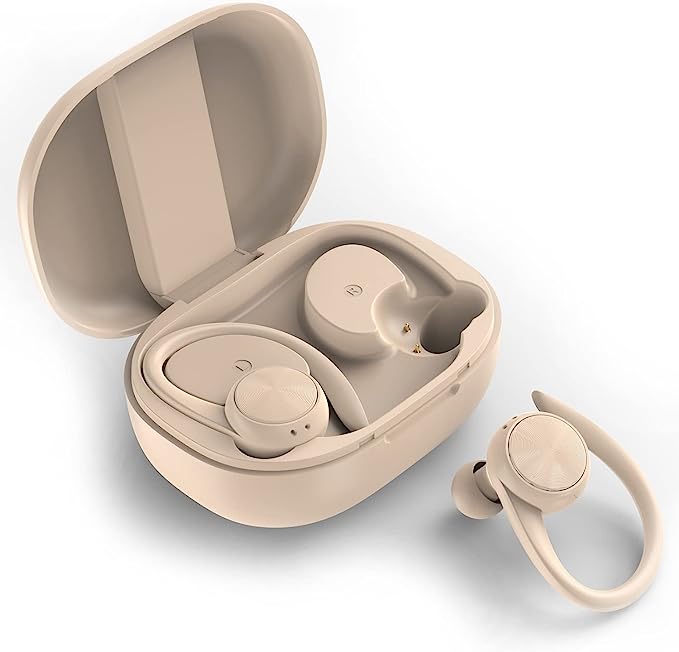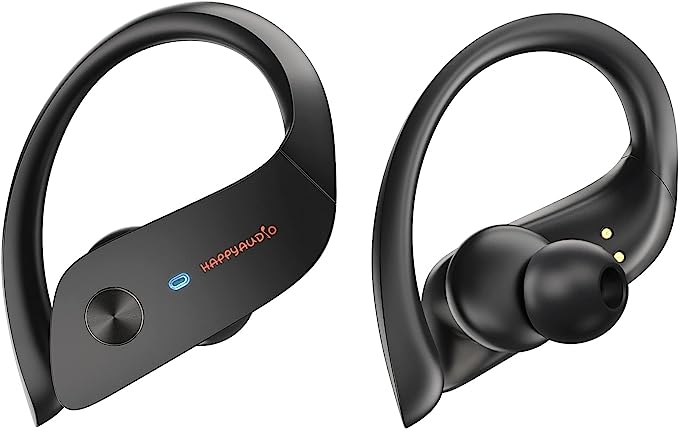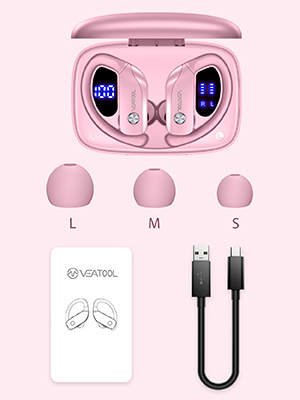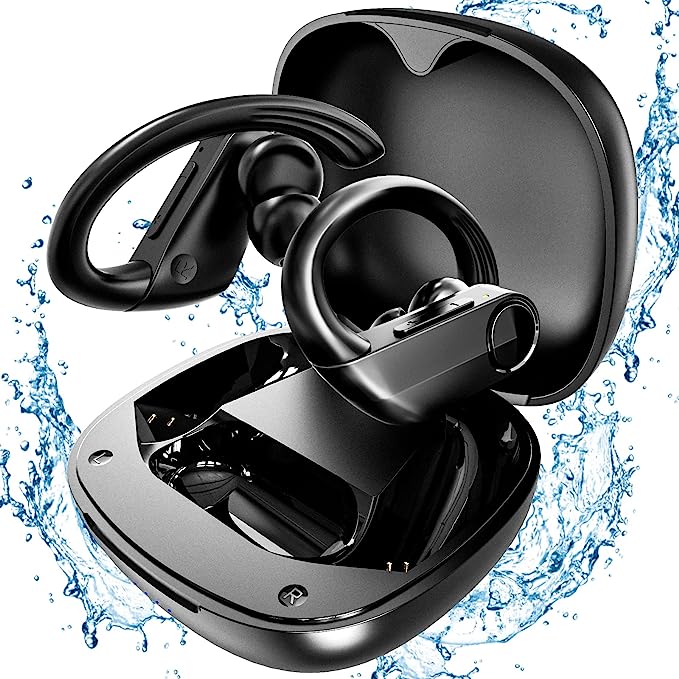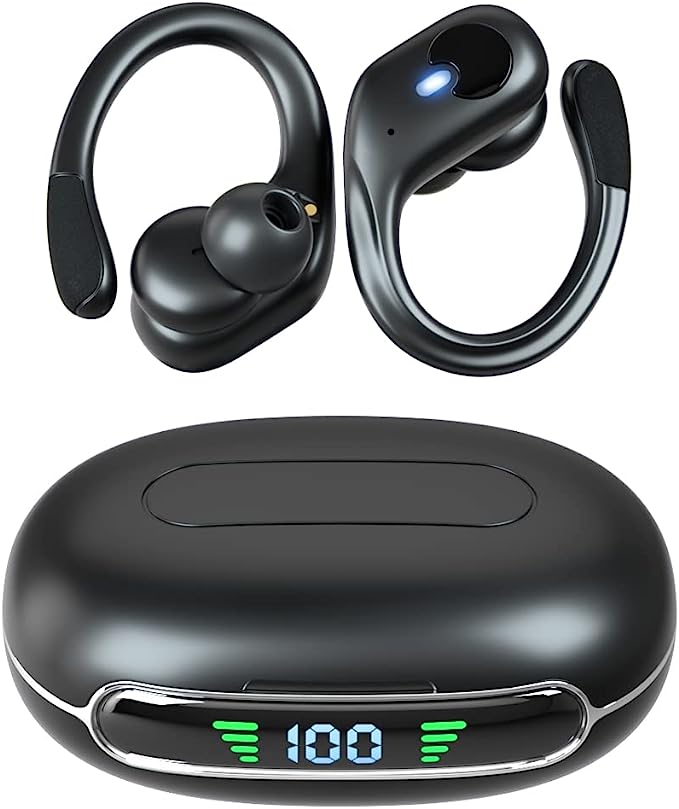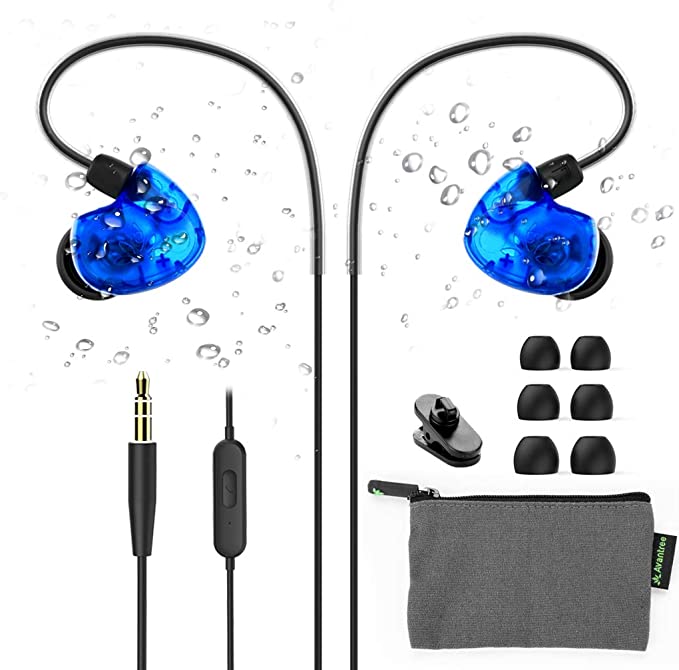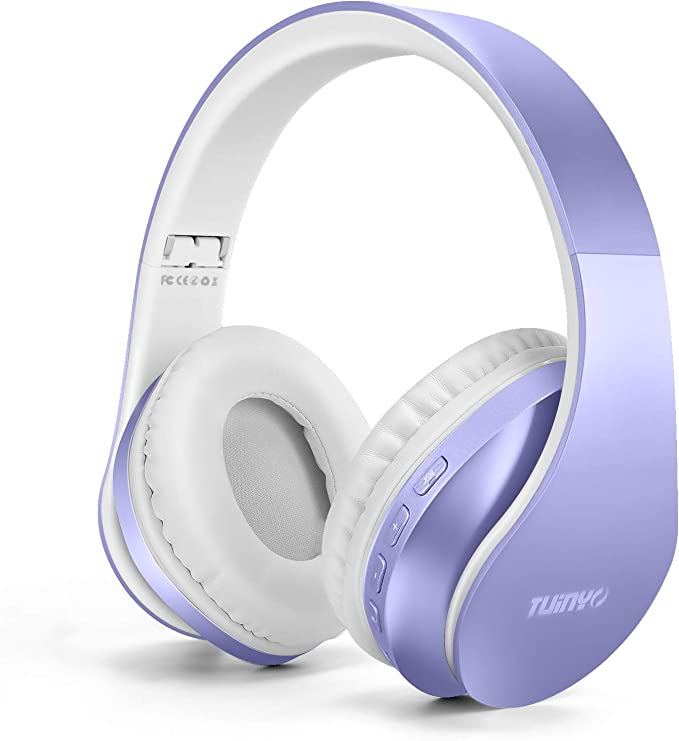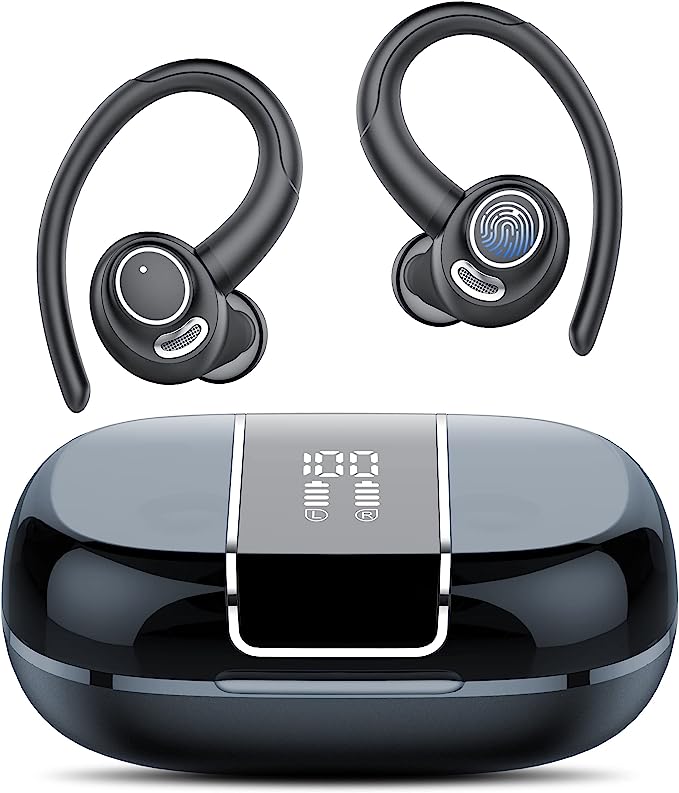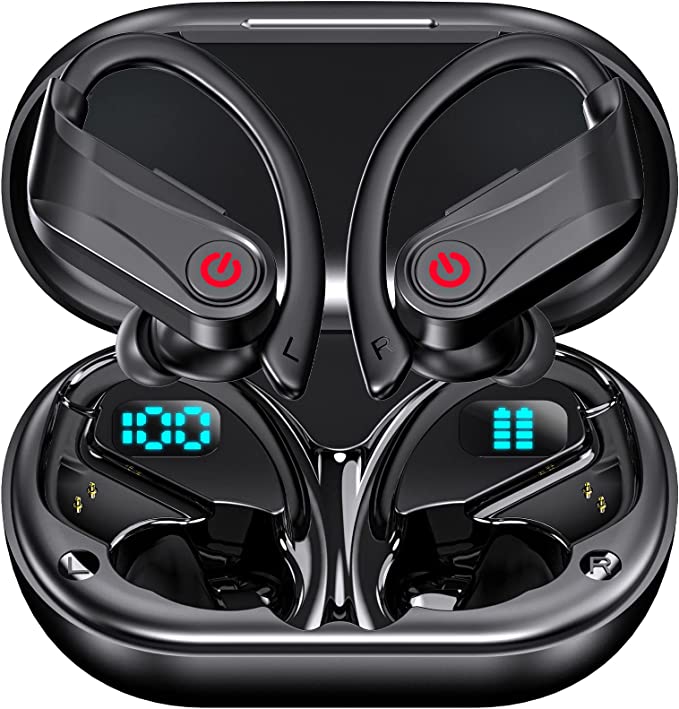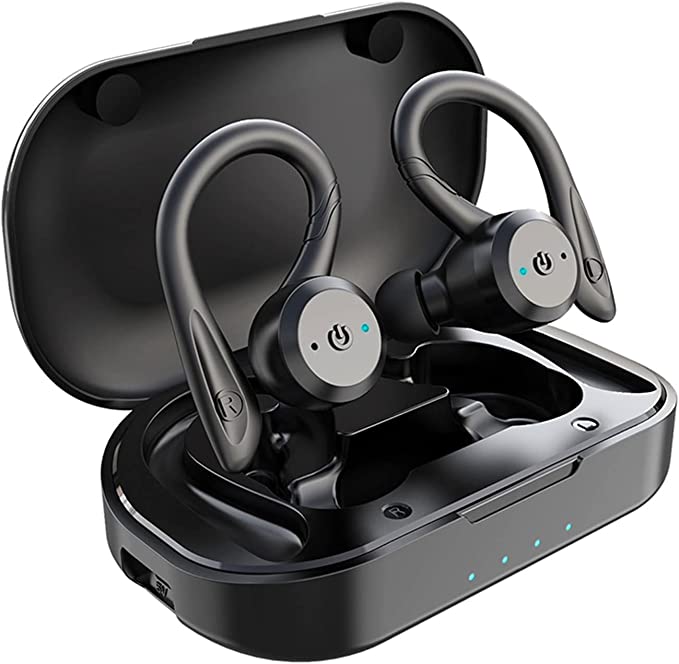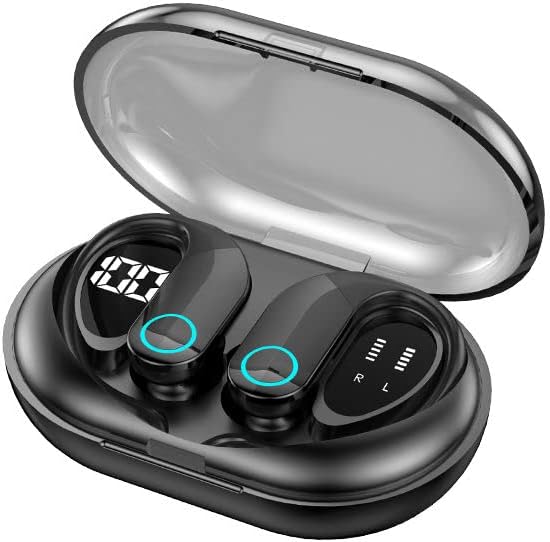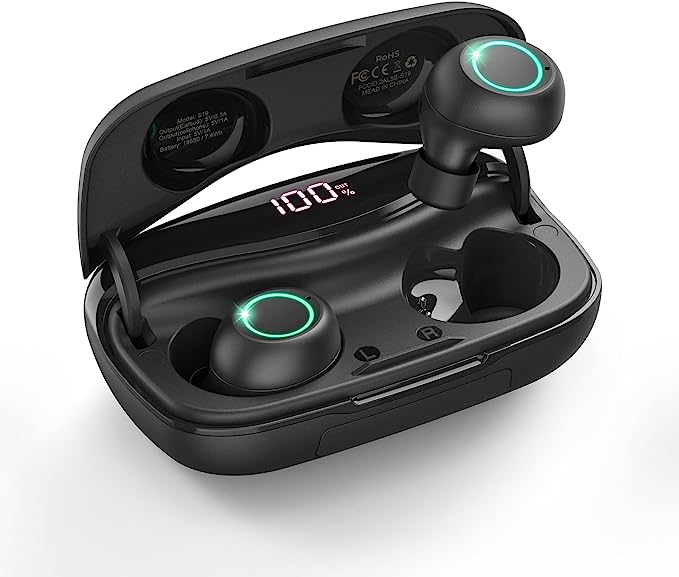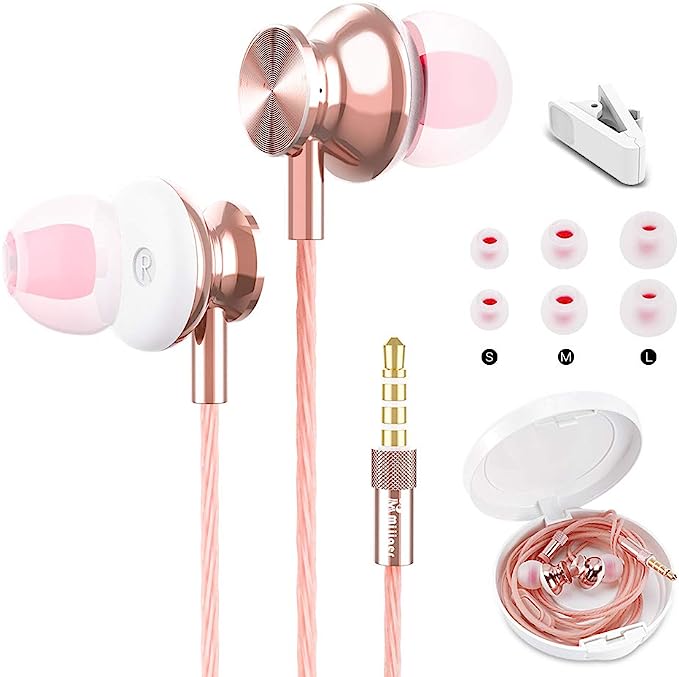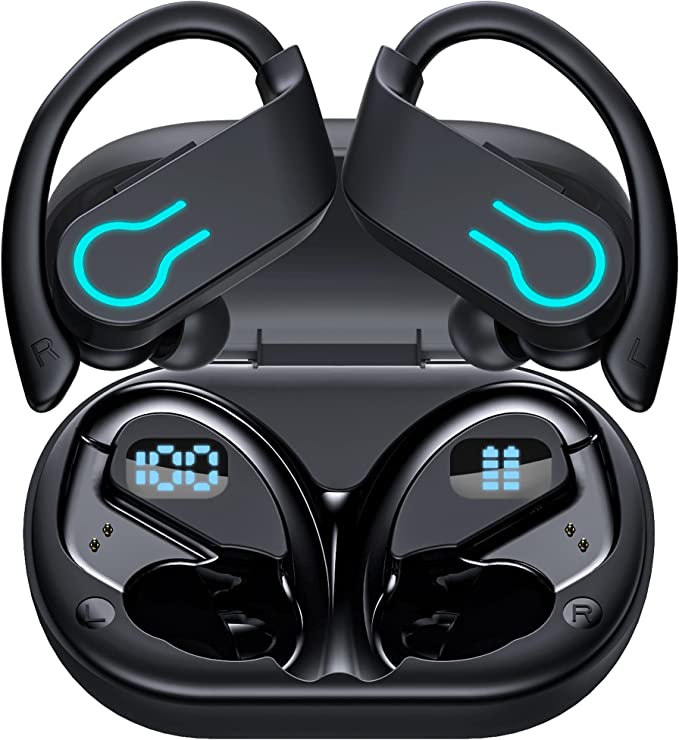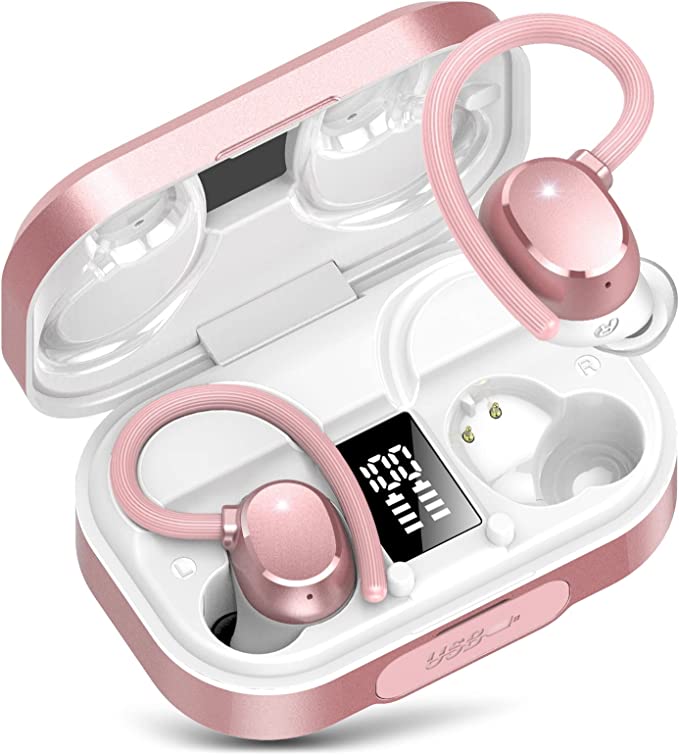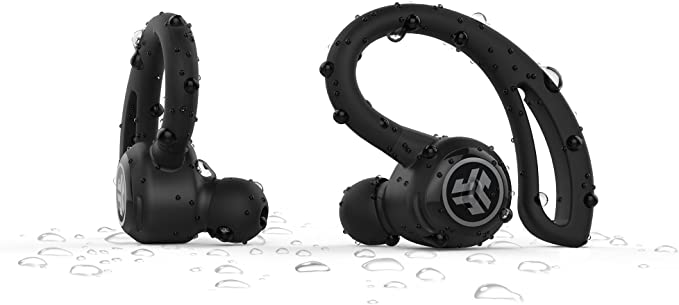The Ergonomics of Stability: Why Your Sport Earbuds Fall Out (And How to Find a Pair That Won't)
Update on Nov. 14, 2025, 3:32 p.m.
It’s a universally frustrating moment for anyone who loves listening to music while being active: you’re in the zone, hitting your stride on a run or pushing through a workout, and suddenly you feel an earbud begin its slow, inevitable slide toward the ground. This constant readjustment, or the dreaded search for a lost bud, shatters your focus and breaks your rhythm. The problem is so common that many assume it’s an unavoidable flaw of wireless audio.
But it’s not. The issue isn’t with the concept of sport earbuds, but often with a misunderstanding of the complex science they must master: ergonomics. Finding a pair of earbuds that stays put isn’t a matter of luck; it’s a matter of understanding the biomechanical forces at play and the specific engineering solutions designed to counteract them. This guide will break down the science of secure-fit design, empowering you to finally find a pair that locks in, stays comfortable, and lets you focus on your performance.
The Forces of Dislodgment: Why Standard Earbuds Fail
To understand the solution, we must first diagnose the problem. Three primary forces are constantly working to push earbuds out of your ears during exercise:
- Impact Shock: With every footstrike during a run, a small shockwave travels up your body. This repeated, jarring motion is the primary culprit for dislodging earbuds that rely on a simple friction fit.
- Facial Movement: The simple acts of talking, chewing, or even changing your facial expression cause subtle but powerful movements in your jaw and ear canal, which can slowly “walk” an earbud out of place.
- The Lubricant Effect of Sweat: Sweat acts as a lubricant, dramatically reducing the friction between the silicone eartip and your skin, making even a previously snug fit precarious.
Standard earbuds, designed for sedentary use, are simply not engineered to withstand this onslaught. A truly effective sport earbud must incorporate a dedicated mechanical solution for stability.

The Engineering of Anchorage: How Secure-Fit Designs Work
Audio engineers have developed several clever solutions to this stability problem, but one of the most effective and comfortable is the earhook design. This approach fundamentally changes the physics of how the earbud is supported. Instead of relying solely on pressure inside the ear canal, it uses the outer ear (the pinna) as an anchor point.
This is where a model like the KT1 Q25 becomes an excellent case study in thoughtful ergonomic design. Its core feature is a soft, flexible earhook that wraps gently over the top of the ear. This design directly addresses the stability-versus-comfort paradox:
- Stability Through Leverage: The hook acts as a lever, using the top of your ear as a fulcrum to hold the earbud securely in place. This external support system is far more resistant to the impact shocks of running and the micro-movements of your jaw. It’s a design that has been market-validated, with thousands of users praising its ability to “stay in place” and “never fall out” during vigorous activity.
- Comfort Through Material Science: A rigid, hard plastic hook would solve the stability problem but create another: painful pressure points. The key is the material. The Q25 utilizes a soft, pliable silicone that conforms to the unique curve of each individual’s ear. This flexibility distributes the minimal weight of the earbud over a larger surface area, preventing the focused pressure that leads to soreness.
This design is particularly transformative for users with small ears, a demographic often poorly served by one-size-fits-all earbuds. For these individuals, standard buds are often too large to fit comfortably or achieve a secure seal. The earhook provides a reliable anchor that is independent of ear canal size, a fact echoed in countless user reviews celebrating that they have “FINALLY!!!” found a pair that fits without pain.

The Supporting Cast: Technologies that Bolster Performance
While a secure fit is the foundation, a great sport earbud needs a supporting cast of technologies to deliver a complete experience.
IPX7 Waterproofing: As we’ve established, sweat is a primary destabilizing force. It is also the mortal enemy of electronics. An IPX7 waterproof rating is therefore non-negotiable for a serious sport earbud. This certification means the device can withstand submersion in up to 1 meter of water for 30 minutes, making it effectively impervious to sweat and rain. The use of a hydrophobic nano-coating, as seen in the Q25, provides an essential layer of protection for the internal circuitry, ensuring durability over countless workouts.
Marathon Battery Life: Long training sessions require long-lasting power. The massive 120-hour total playtime advertised for the KT1 Q25, enabled by a large 2600mAh battery in the charging case, is a prime example of designing for endurance. This means you can throw the case in your gym bag and potentially go for weeks without needing to find a power outlet, eliminating one more piece of mental clutter from your workout routine. The clear LED display on the case, showing the exact remaining percentage, is a simple but crucial feature that removes all guesswork.
The Audio Engine: A secure platform deserves a great sound engine. The KT1 Q25 utilizes 10mm graphene drivers. Graphene is a material prized in audio for its incredible stiffness-to-weight ratio. This allows the diaphragm to vibrate with precision, delivering a fast, clear, and detailed sound, especially when it comes to the punchy bass that can drive a workout. The “Bass 2.0 Technology” is a form of acoustic and digital tuning designed to enhance these low frequencies, providing an energetic sound signature well-suited for popular gym playlists.

Conclusion: From Frustration to Freedom
The problem of earbuds falling out during exercise is not a personal failing or an unavoidable compromise; it is an engineering challenge with a clear ergonomic solution. By understanding the forces at play and the design principles created to counter them, you can move beyond frustrating trial-and-error and make an informed decision.
Designs centered around a flexible earhook, exemplified by models like the KT1 Q25, offer a robust and comfortable solution that has been validated by thousands of active users. They prove that stability doesn’t have to come at the expense of comfort. When you combine this foundational ergonomic design with essential supporting technologies like IPX7 waterproofing and long-haul battery life, you get more than just a pair of earbuds. You get a reliable training partner—a piece of gear so secure and comfortable that it becomes transparent, allowing you to lose yourself completely in the sound and the motion.



